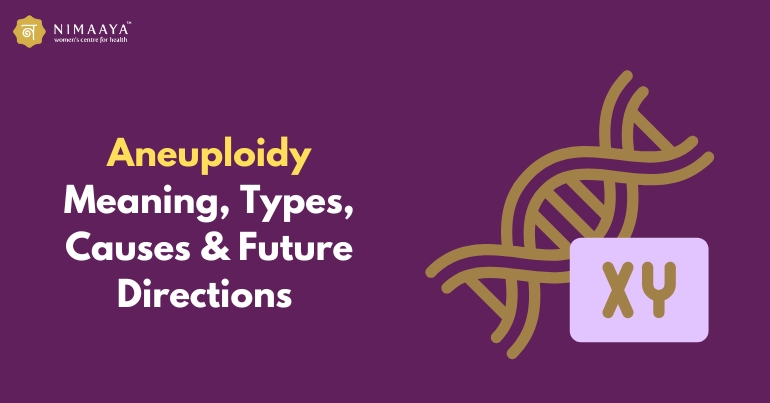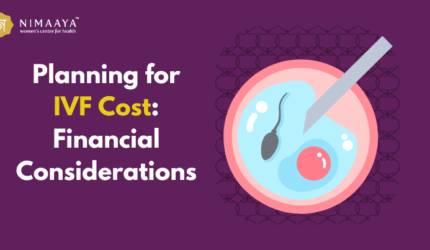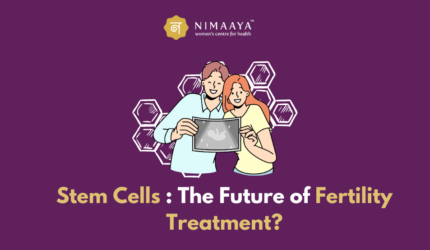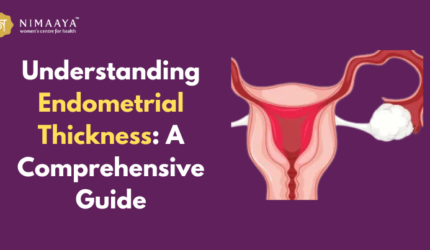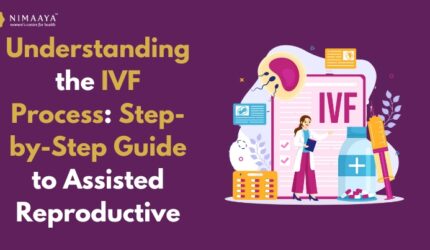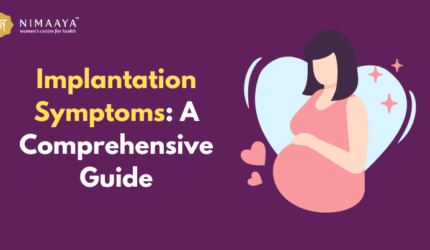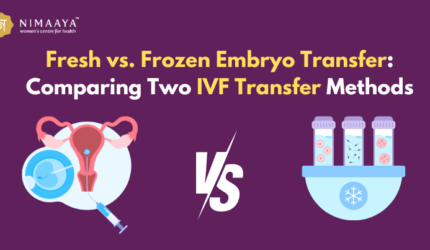Aneuploidy is a term used in genetics that points out to abnormality in the count of chromosome which is more or less number than the normal. Like each human has 46 chromosomes distributed in 23 pairs. A chromosomal balance is disturbed by loss or gain of chromosomes, and the result is termed aneuploidy. It affects the health, development, and reproduction aos.
This blog will unleash various aspects related to aneuploidy – the causes, the types, the methods of detection, impacts, and management arguments focused particularly on its import in reproductive health. By such knowledge, individuals and health care providers could be able to make wise decisions regarding genetic testing, fertility treatments, and prenatal care.
With advancing technology, the public will be sure about the diagnosis and possibly initiate intervention to improve reproduction outcomes to familiarize the lives of aneuploid people with normal conditions.
Aneuploidy meaning
The chromosomes within a cell are not 46 (in humans; there may be an extra chromosome or the absence of one). An abnormal deviation from a normal chromosome count is essentially termed aneuploidy. The normal chromosome count in humans includes 22 pairs of autosomes and one pair of sex chromosomes (XX for females or XY for males). The balance would be disrupted due to aneuploidy and thus lead to several developmental and health issues.
Understanding Chromosomes and Aneuploidy
Chromosomes are basically strands of genetic material and they are going to contain all the genetic material which determines how living organisms grow, develop, and function. They are going to have such types as; 22 pairs of autosomes and 1 pair of sex chromosomes in humans. The term aneuploidy refers to a situation that exists due to errors occurring in the cell division process including nondisjunction in which chromosomes fail to separate properly.
The key types of aneuploidy are:
Monosomy – This represents the absence of one chromosome from a pair such as Turner syndrome where only one X chromosome is present.
Trisomy – This type suggests the presence of an extra chromosome for example the Down syndrome which is caused by an extra copy of chromosome 21.
Tetrasomy or Pentasomy – They are regarded as very rare conditions where there are two or more extra chromosomes in a pair.
Read More: A Comprehensive Guide to Cervical Cancer
Causes of Aneuploidy
Meiotic or mitotic cell division errors are the most common cause of aneuploidies.
Meiotic Nondisjunction:
- Happens while the gametes (sperm, eggs) are being formed.
- Often related to age of mother-increased incidence of aneuploidy due to conditions creating errors in egg divisions.
Mitotic Nondisjunction:
- Happens after fertilization during early cell division of the individual.
- Results-in mosaicism-when some cells in the body have a normal number of chromosomes while others have aneuploidy.
Other contributive causes includes:
- Parental chromosomal aberrations such as balanced translocations
- Environmental exposure, such as radiation or toxins.
- Lifestyle, including smoking and obesity.
Types of Aneuploidy
Numerical Aneuploidy:
- Changes in the total number of chromosomes.
- Examples include trisomy 21 (Down syndrome), trisomy 18 (Edwards syndrome), and trisomy 13 (Patau syndrome).
Structural Aneuploidy:
- Involves structural rearrangements of chromosomes, such as deletions, duplications, or translocations.
Health Implications of Aneuploidy
Disorders physical and developmental conditions:
A Many of the aneuploidies induce retardation in development, mental retardation, and bodily deformations. For example, Down syndrome aneuploidy displays defectiveness in facial features, intellect, and heart abnormalities.
Pregnancy Result:
Maternal: Aneuploidy is the most dangerous cause of miscarriage, in fact, in the first trimester. Studies estimate that 50-70% of first-trimester losses are due to chromosomal abnormalities.
Diagnosing and detecting aneuploidy
Prenatal testing and screening:
- Non-invasive prenatal testing (NIPT): Identify more common aneuploidies by tracking fetal DNA in the blood of the mother.
- Ultrasound: Can identify some cues that correspond to chromosomal abnormalities.
- Amniocentesis and chorionic villus sampling (CVS): Definition of the chromosomes of the fetus provides conclusive diagnosis.
Preimplantation genetic testing (PGT):
- Used in assisted reproductive technologies (ART), like IV optimized fertilization (IVF). Screening of embryos for chromosomal defects is done prior to implantation to get a better positive outcome in pregnancy.
Karyotyping:
- Laboratory technique used for visualizing chromosomes to detect changes in numbers or structure.
Advanced Techniques:
- Microarray Analysis: Detects small chromosomal deletions or duplications.
- Next-generation sequencing (NGS): Provide greater insight into genetic and chromosal variations.
Aneuploidy and Reproductive Health
Infertility.
- Aneuploidy is one of the most significant reasons for infertility in men and women.
- Chromosomal abnormalities in an egg or sperm can result in failure to achieve fertilization or implantation.
Recurrent Pregnancy Loss:
Couples who suffer from repeated pregnancy losses undergo genetic testing to explore the underlying chromosomes-related reasons.
Advanced Maternal Age:
The incidence of aneuploidy increases with maternal age. The risk of Down syndrome for instance increases from 1:1500 at 20 years to 1:100 at 40 years.
Assisted Reproductive Technologies (ART):
PGT-A and other techniques offer effective methods for selection of embryos with correct chromosomal number, thereby boosting success rates.
Management and Support
Medical Interventions:
Most of the aneuploidy conditions are managed symptomatically. An aneuploidy examples is the treatment of children with Down syndrome, which usually involves therapies targeting developmental delays.
Genetic Counseling:
- This is what a family receives with information concerning the risks and consequences, as well as the management options associated with aneuploidy.
- It is, therefore, essential for couples intending to have ART treatment or those having recurrent pregnancy losses.
Lifestyle Modifications:
Maintain healthy body weight, keep away from smoking, and reduce stress some risks concerning aneuploidy can be decreased.
Research and Advances:
Gene-editing technologies such as CRISPR are being explored for their capability to correct chromosomal abnormalities, but they are still in the early stages of development.
Future Directions
Research on genetics is indeed progressing forward at a rapid pace, cottoning the expectations for the understanding and management of aneuploidy. Major focus areas include:
- Better screening tools for early and proper detection.
- Improved assisted reproductive technology (ART) for treating embryos with aneuploidy.
- Better therapies for ameliorating effects due to aneuploid individuals.
Conclusion
Aneuploidy is certainly one of the richest, most complex, and nuanced conditions that afflict individuals and families. The advances made by science in genetics enable us to diagnose and treat this condition much better than before, so it is almost certainly hope for the affliction persons. For infertile couples or for couples who keep suffering recurrent pregnancy losses, knowing what role aneuploidy plays in their quest for parenthood is necessary.
Nimaaya is one such organization which is increasingly making inroads into empowering individuals with the requisite knowledge and solutions to suit their reproductive health needs. Services range from comprehensive genetic counseling to fertility advanced treatments. It is committed to help individuals or families overcome their aneuploidy problems to have their dreams into parenthood come true.

